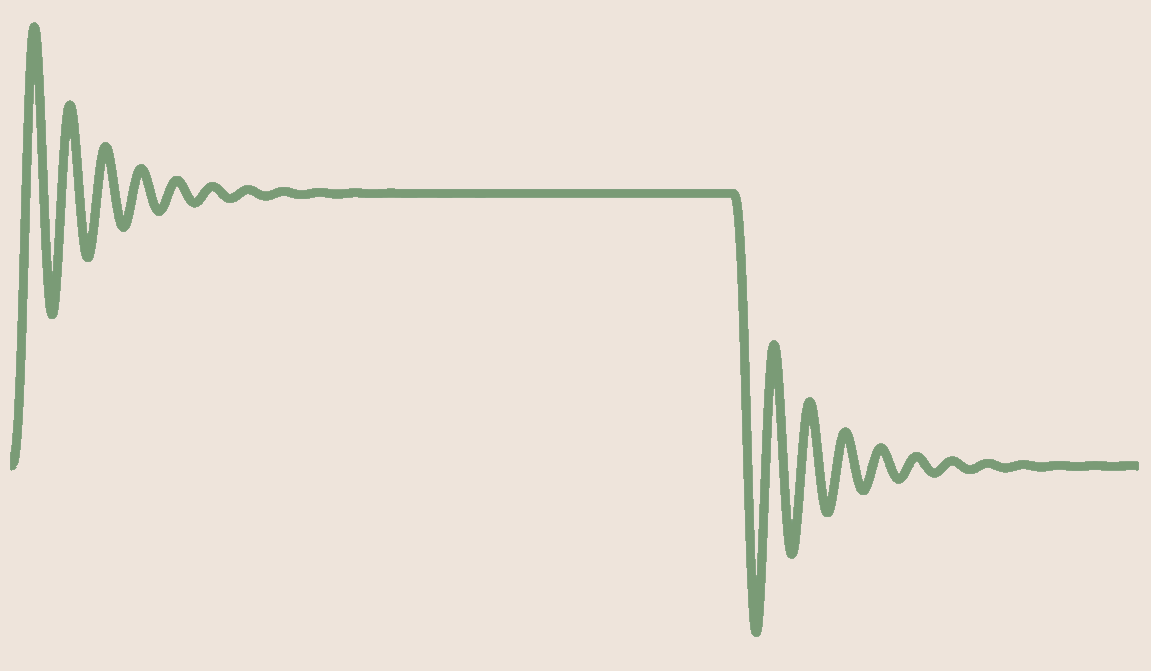Thermal Simulation
Thermal Simulation
This section of my website describes some work I carried out using Mentor Graphics’ FloTHERM Thermal Simulation software package. See this page
for more information on FloTHERM.
My own association with FloTHERM began in 2004 whilst with Philips Semiconductors in Manchester. At the time, I was employed as a Senior Applications Engineer supporting the company’s range of power semiconductor products. A large proportion of the customer queries received by the Applications department were thermal in nature, but the tools available within the company for carrying out thermal analyses were extremely limited at that time. It was recognised that we needed to do better in supporting our customers, and so FloTHERM was adopted as the in-house thermal simulation tool. I was asked if I would like to become the in-house “thermal simulation expert”, and this was an opportunity which I willingly grabbed with both hands. Since that time, I estimate that I have put in approximately 15,000 man-hours running FloTHERM thermal simulations, initially at Philips (later NXP Semiconductors) and more recently at other companies working in the defence and industrial sensors industries.
The two documents presented here (accessible from the navigation bar sub-menu or via the buttons below) formed part of the course work for my MSc in Electronic Product Development, studied at the University of Bolton. Both documents formed part of the overall MSc coursework and are somewhat lengthy, for which I apologise. I have included these documents to illustrate the sort of exercises which can be carried out using thermal simulation software and the power and flexibility of the FloTHERM package in particular. I hope you will also gain an impression of the enthusiasm I have for the subject of thermal simulation!
My own association with FloTHERM began in 2004 whilst with Philips Semiconductors in Manchester. At the time, I was employed as a Senior Applications Engineer supporting the company’s range of power semiconductor products. A large proportion of the customer queries received by the Applications department were thermal in nature, but the tools available within the company for carrying out thermal analyses were extremely limited at that time. It was recognised that we needed to do better in supporting our customers, and so FloTHERM was adopted as the in-house thermal simulation tool. I was asked if I would like to become the in-house “thermal simulation expert”, and this was an opportunity which I willingly grabbed with both hands. Since that time, I estimate that I have put in approximately 15,000 man-hours running FloTHERM thermal simulations, initially at Philips (later NXP Semiconductors) and more recently at other companies working in the defence and industrial sensors industries.
The two documents presented here (accessible from the navigation bar sub-menu or via the buttons below) formed part of the course work for my MSc in Electronic Product Development, studied at the University of Bolton. Both documents formed part of the overall MSc coursework and are somewhat lengthy, for which I apologise. I have included these documents to illustrate the sort of exercises which can be carried out using thermal simulation software and the power and flexibility of the FloTHERM package in particular. I hope you will also gain an impression of the enthusiasm I have for the subject of thermal simulation!
If you are researching the subject of thermal simulation yourself, and have come to these pages via a Google search, then I hope you find my work useful in your own endeavours. As is so often the case with thermal analysis, some of the results were surprising, counter-intuitive but ultimately educational. My particular favourite being the conclusion (in the 15U Telecoms Rack analysis) that making bigger holes in the sides of the rack unit does not necessarily result in better ventilation! That seems wrong at first glance, but does actually make sense if you follow my reasoning through.
The documents are accessible from the navigation bar at the top of the page or via the buttons below:
